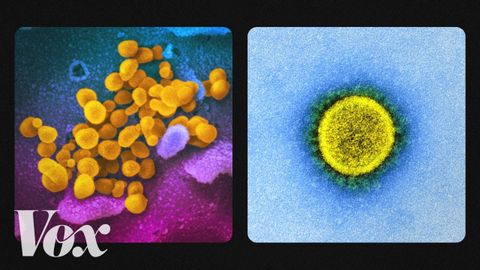コロナウイルスを間近で見るとどんな感じか (What the coronavirus looks like up close)
林宜悉 が 2020 年 09 月 04 日 に投稿  この条件に一致する単語はありません
この条件に一致する単語はありませんUS /ˈkɑnˌtɛkst/
・
UK /ˈkɒntekst/
US /tɛkˈnik/
・
UK /tekˈni:k/
- n. (c./u.)技術 : 技巧 : テクニック;技能;技法
US /ˈstrʌk.tʃɚ/
・
UK /ˈstrʌk.tʃə/
- n. (c./u.)構造;建物
- v.t.組み立てる;組織する
US /ˈɔdiəns/
・
UK /ˈɔ:diəns/
エネルギーを使用
すべての単語を解除
発音・解説・フィルター機能を解除
